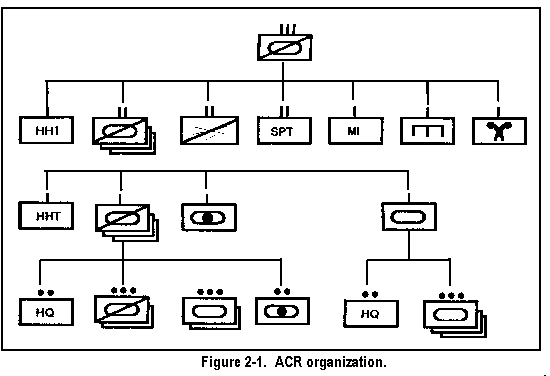CAV, even light CAV is excellent for VAP and counter SF. Heavy CAV, especially US style ACR has similar combat power to an armoured brigade, it's great for smashing opposing forces but due to being light on infantry, is not so suitable for seizing or holding ground.That's extremely simplistic thinking. Mass =/= role. You have to consider roles, training, maintenance, losses, a whole bunch of stuff...
For the last discussion about numbers, you really need to go look at doctrine and build from there. Doctrinally, and arguably historically, speaking, the Australian Army requires about 1000 IFVs to do the job. That is, to put a Bde in the field for an extended period (ie, 12 - 18 months+, not a bullshit 6 week Hamel). Coincidently, I've done the numbers for IFV here (1040 please) and tank here (130 please).
Yes, minimal viable capability is the new catch cry. Yes, we can get away without wartime numbers if we have a solid and rehearsed mobilisation plan. I am not suggesting that the order needs to go from 159 to 1040 tomorrow - I know what the budget is like and I'm also away of the other bits of FIC needed. But, you need to grasp what is needed before you can have intelligent discussions about what to cut. The need for Army to do the missions provided is big.
Don't confuse our region with Australia. Straight up, there is no risk of an invasion of the Australian mainland. And even if the Alien Space Bats come and help get a lodgement ashore, it's going to die. Between the terrain, Collins and air, the only thing the Army will need to do is mortuary and PW affairs. Small elements of SF and the like doing raids is different, but that's not an invasion.
To think we won't have to fight elsewhere in the region though - that's wrong. And to think that concentrated armour in our region isn't a thing - Vietnam, India and China would all historically disagree. Plus, in the initial stages of any operation, better to throw overwhelming strength in to undermine enemy morale from day 1. There was no need for ASLAV or M113 in Timor Leste in 1999 - but they helped make a statement. Furthermore, look at what the threats are pushing down to sub-unit and below. Our foes don't just have grenades, machine guns and rifles now - there are heavier weapons, pretty god rockets/missiles - a whole bunch of stuff that makes light infantry more and more irrelevant. Noting how hard armour is to make and train (compared to the rest of ground Army, better to start with high stocks and train up light infantry than the other way around.
Depending where it is? Vietnam, China, Japan, South Korea, North Korea, Singapore. Possibly the Philippines, Malaysia, Indonesia, Thailand. Yup, some are our allies. But in the grand scheme of things, a Battlegroup is reasonably easy pickings. It is why our unit of action is a Bde. That BG has no depth, no resilience and, after 14 days, will probably have no logistics.
A US Army ACR is actually roughly equal to one of our Bde.

(from FM 34-35 Chptr 2 Organization)
Note there are three Cav units (each with a SPH Bty, meaning there is a Arty unit in total), there is a attack/recon helicopter unit and there is a logistics unit. In our parlance, that's 1 AR, 2 Cav, 2/14 LHR, 1 Regt, 1 Avn and 1 CSSB. Yes, our Bde has a CER as opposed to an engineer sub-unit, but for all intents and purposes a US Army ACR = an Australian Army Bde.
I was avoiding suggesting a US style ACR but I do believe it would be a good fit for the ADF. Able to deploy as a full regiment for a Hail Mary event, or individual squadrons or troops to support smaller deployments.
A US Armoured CAV troop has nine tanks, thirteen CFVs and an HQ element with command, support and mortar vehicles. Such a troop would dramatically increase the combat power of an infantry battalion. Three such troops form a squadron, but additionally, each squadron has a company of tanks.
In the US officers for the ACRs could start as platoon commanders in either tank btns, armoured infantry btns or the CAV platoons within inf or armour btns as well as those who came through the ACR platoons.
The great advantage of CAV, is while it requires an investment in, often, quite expensive equipment, it requires a lot less manpower than infantry units. They have organic mobility, tend to be harder and more resilient than conventional units.
